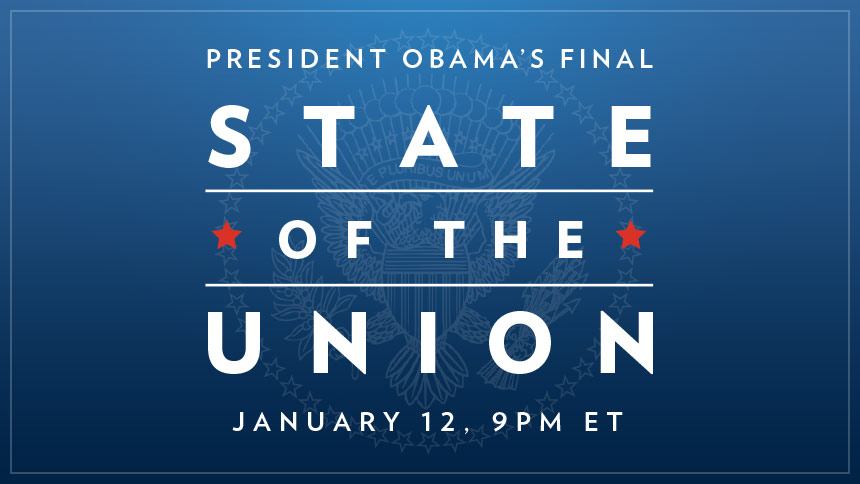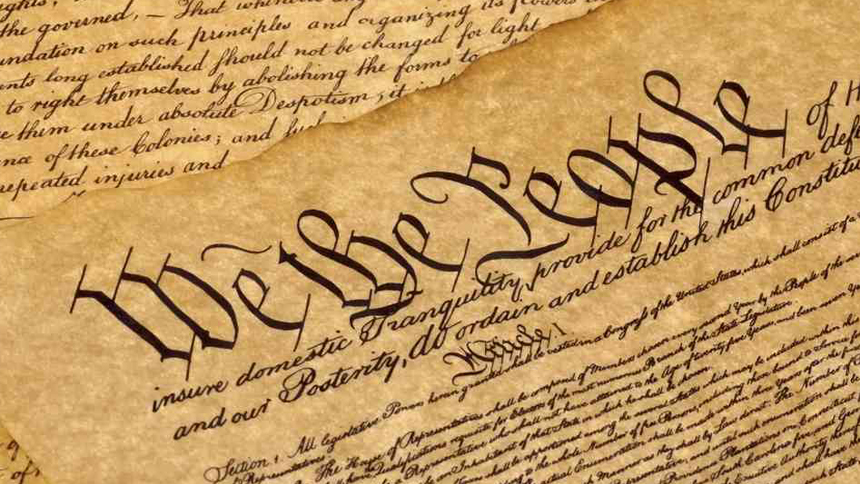
In his Budget, the President proposes to raise $1.56 trillion in revenue from high-income households, including $1 trillion from the expiration of the Bush high-income and estate tax cuts and additional revenue from limiting tax expenditures for high-income households as a part of reforming the tax system to make it simpler, fairer and more efficient. Some have suggested that limits on high-income tax expenditures could substitute for rate increases and that it would be possible to raise $1 trillion or more while keeping the top income tax rate at 35 percent. But a careful look at the math of these types of caps and limits shows that, once one takes into account the reality of their impact on middle-class families and on charitable donations, plausible limits raise only a fraction of the $1 trillion or more some have suggested.
Consider the example of a $25,000 cap on itemized deductions, which some claim would raise in the range of $1 trillion or more from high-income households:
- Limiting the cap to those with incomes over $250,000 leaves only $800 billion in revenue. A $25,000 cap that applied to all households would raise taxes by an average of $2,400 on 17 million households with incomes below $250,000 ($200,000 for singles). Treasury estimates show that about 40 percent of the revenue from such a cap would come from these households. Thus, the amount of revenue that could be raised from taxpayers making more than $250,000 is only about $800 billion.
- The need to phase in a cap to avoid a “cliff” reduces revenues to around $650 billion. In practice, it would not be possible to impose a $25,000 cap on itemized deductions beginning at an income threshold of $250,000. Doing so would create an immense “cliff,” where someone whose income rose to $251,000 could suddenly owe thousands of dollars more in taxes. Accounting for a realistic phase-in reduces the revenue from households above $250,000 by about 20 percent, to about $650 billion.
- Excluding the charitable deduction reduces revenues to around $450 billion. With a $25,000 itemized deduction cap, 97 percent of households in the top 1 percent of income would lose any tax incentive for additional charitable giving (they would also lose a very large share of the state and local tax deduction). The loss of the charitable deduction would be expected to reduce giving by these households by at least $10 billion per year under the Congressional Budget Office’s assumptions. The Tax Policy Center (TPC) estimates that exempting the charitable deduction reduces the revenue available from caps on itemized deductions by about 30 percent, with a similar reduction in the revenue raised from high-income households. This reduces the total revenue from a $25,000 cap to about $450 billion.
Bottom line: Plausible tax expenditure limitations that protect middle-class families and incentives to give to charity would raise far less revenue from the well off than is needed for a major budget agreement. A budget framework that raises only these amounts from high-income tax deductions while committing to no rate increases on high-income Americans would inevitably force any tax reform designed to further reduce the deficit to raise taxes on middle-class families simply to preserve lower rates for the most fortunate.
|
Table 1: Dollar Caps on Itemized Deductions (Revenue estimates are relative to current policy, i.e. a 35% top rate) |
||
|
|
Cap on Itemized Deductions |
|
|
|
$25,000 (Married)/ $12,500 (Single) |
$50,000 (Married)/ $25,000 (Single) |
|
Revenue from applying caps to all households (TPC) |
$1.3 trillion |
$750 billion |
|
Under these deduction caps the following would be true: |
||
|
Number of households with income below $250k/$200k who would see tax increases |
17 million |
3 million |
|
Average tax increase among those households below $250k/$200k seeing tax increases |
$2,400 |
$2,900 |
|
Share of households in the top 1 percent that would lose any tax incentive for charitable giving |
97% |
80% |
|
Approximate reduction in annual charitable giving (if the cap applies to all households)* |
$15 billion |
$10 billion |
|
Approximate reduction in annual charitable giving (if the cap applies only to high-income households)* |
$10 billion |
$9 billion |
|
Mitigating effects on middle-class families and charity would reduce total revenues: |
||
|
Share of revenue lost by limiting the cap to the 2% of households with AGI over $250,000 |
About 40 percent |
About 15 percent |
|
Additional revenue lost from a realistic phase-in |
About 20 percent |
About 20 percent |
|
Resulting revenue from applying the cap only above $250k with a phase-in to avoid a cliff |
$650 billion |
$500 billion |
|
Share of remaining revenue lost by excluding the charitable deduction from the cap (TPC) |
About 30 percent |
About 30 percent |
|
Resulting revenue from applying the cap above $250k and excluding charitable giving |
$450 billion |
$350 billion |
|
* Estimates based on CBO methodology. |
||

